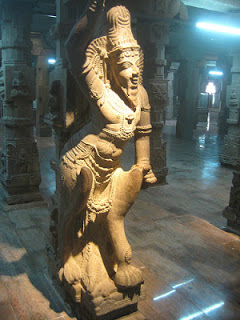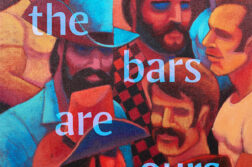TRADITIONAL INDIAN CULTURE is replete with legends and mythologies where heroes and heroines have chosen various genders without guilt, and their choices have been accepted and respected by the community. Ironically, today the Western nations are progressive in research and education about variant expressions of gender and sexuality, while in India—despite our rich cultural heritage of representing and celebrating gender variations and choices—we are lagging behind the West, having lost that sensibility of old India. It is due to the colonial legacy of English rule and its shallow Victorian values that we have come to see gender variation as deviant and even criminal.
“Gender” is related to physical and emotional perception of an individual. Restricting gender to non-intersecting binary categories of female and male is erroneous as a factual matter. In traditional India, there are more than twenty terms corresponding to separate gender categories. This diversity in turn gives rise to a wide variety of what we would call sexual orientations. Here the focus will be on gender variants rather than on homosexuality as such.
Gopi Shankar, a student of religion, philosophy, and sociology at the American College in Madurai, India, is the founder of Srishti Madurai, a space that explores genderqueer culture in India and globally.







